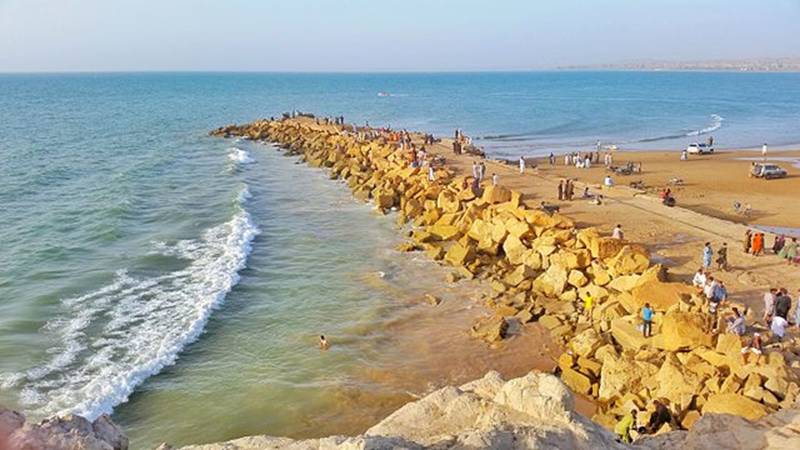
After a prolonged period of ten years, on the sixth day of Eid Al-Azha, we went to Gadani, one of the coastal cities of Balochistan, to immerse ourselves in perfect weather and explore the charms of these coastal climes.
But all hopes were dashed, as the heat had worsened when we reached there. Tehsil Gadani is about 23 km away from the outskirts of Hub Chowki city. While the journey from Gadani Mode to Gadani City will be about 8 km, the road is very dilapidated and broken at places. In some parts of the road, rainwater has created cracks that are difficult to pass through. When I reached the city of Gadani, I found that there was no good change in the last ten years, but it has become worse. The city presents ruins as though it were still in the Stone Age.
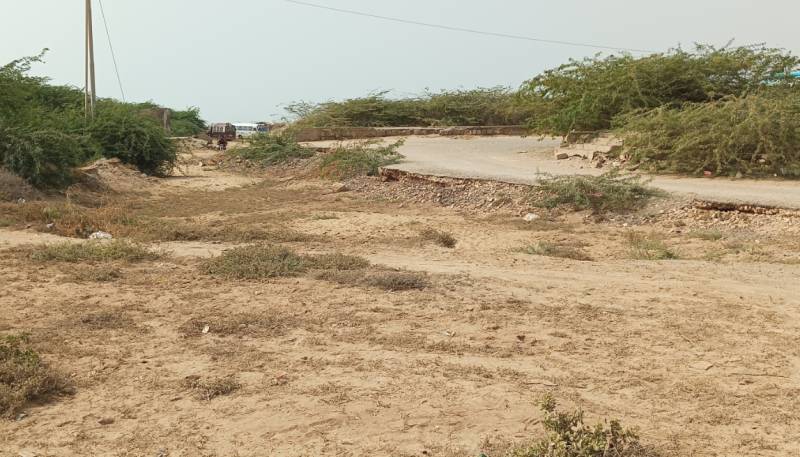
Gadani City is a tehsil of the Hub Chowki district of Balochistan, which is located along the Arabian Sea coast of Pakistan. Gadani Shipbreaking Yard is one of the largest shipbreaking yards in the world. It is located on a 10 km (6.2 mi) long beach. Gadani City is located about an hour away from Karachi. Geographically, Tehsil Gadani is located just a few kilometres away from Hub Chowki, the industrial city of Balochistan. There are traces of the Gadani Fish Harbour along the Gadani coast, but it has been inactive for a long time.
According to unofficial data, the population of Gadani is around 35,000. Gadani is inhabited by Muslim and Hindu communities, in which the majority of the population is Muslim. The majority of the population living in Gadani speaks Balochi and Brahvi languages, while Lassi is also spoken by those who belong to the famous tribes of Baloch, Sunghor, Kurd, Sajidi, Muhammad Hasni, Gurinari and Bezanjo.
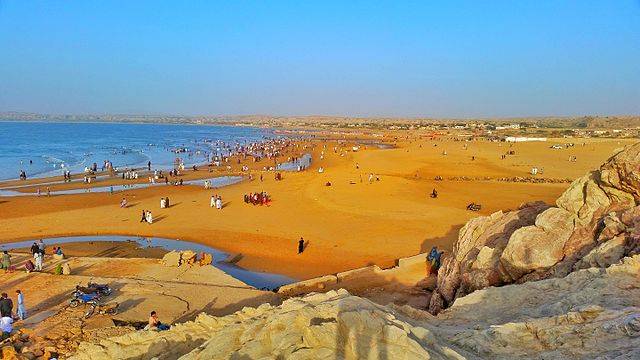
When I spoke to the residents of Gadani, they expressed deep frustration over the neglect of their town, which, despite being a tourist destination, lacks basic amenities. The citizens lamented that essential services such as gas, water, electricity, and healthcare are not available to Gadani's dense population. The roads are in a state of disrepair, and the education system is in a deplorable condition. The RHC hospital in Gadani City, for instance, closes its doors after 2 pm, leaving people without medical facilities. It seems that the survival of Gadani is only possible through divine intervention. The town's 35,000 inhabitants are also deprived of higher education facilities, resulting in a significant decline in the education rate. Economic hardships prevent nearly half the population from sending their children to the city for further education.
When asked about the Municipal Committee, the people dismissed its presence entirely. In rural areas, a municipal committee plays a crucial role, but this is not evident in Gadani. On our way to the Gadani picnic point (seaside), we observed that the roads had been eroded by rainwater. Entry charges are collected from both large and small vehicles before entering the picnic area, but visitors find that special facilities are lacking. The picnic point park, for instance, offers only a few benches that are barely suitable for resting. Moreover, there are no toilet facilities for tourists at the picnic point. I also noticed some rooms by the sea that are incomplete and without roofs. Despite this, these rooms, covered with makeshift materials, are rented to tourists for Rs 400 in cash.
The restoration of Gadani Fish Harbor could provide employment opportunities for most of the local population, thereby boosting local business and alleviating economic hardships
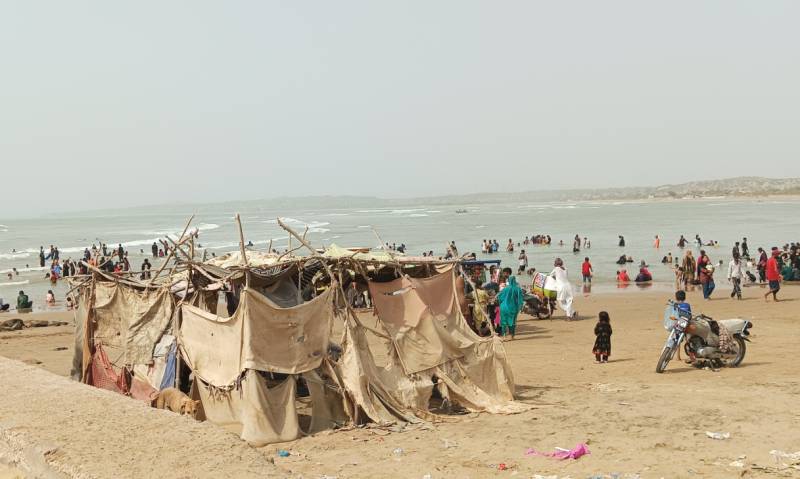
Tourists from interior Sindh, including Hub Choki and its surrounding areas, have reported that the heat intensity is particularly high during the summer. Gadani Beach, being a popular tourist destination, should receive more attention from the government, with improved facilities for visitors. They noted that the hotels here are inadequate, and many tourists bring their own food. According to various reports, a tragic accident occurred in 2016, where 26 people were killed and 49 injured due to a series of explosions on an unused oil tanker at Gadani Shipbreaking Yard. Numerous other incidents at the Gadani Shipbreaking Yard have resulted in the loss of workers' lives. Despite such tragedies, the lack of adequate hospital facilities in Gadani is a serious concern, akin to gambling with human lives. Moreover, every year, several individuals lose their lives while swimming in the Gadani sea.
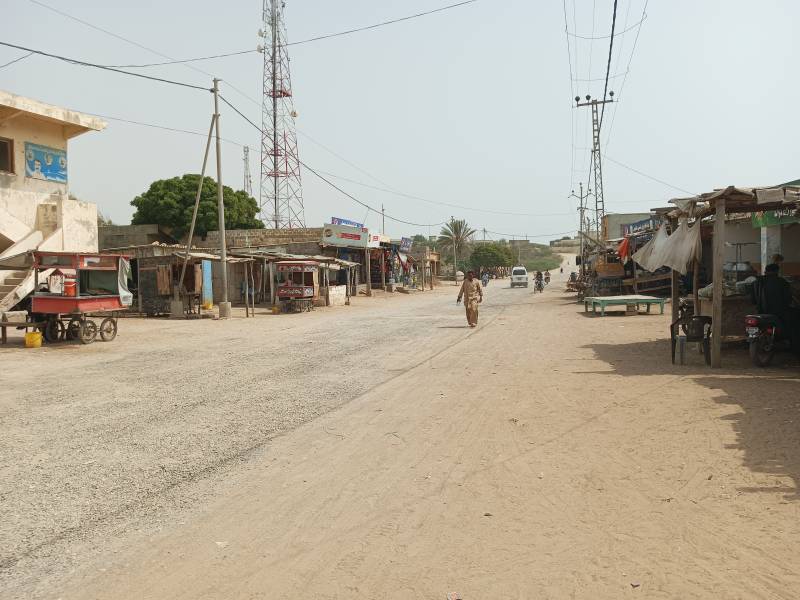
Despite the lack of facilities, Fridays and Sundays see a rush of visitors trying to escape the intense heat by bathing in the sea, with some tragically drowning, while others are rescued by lifeguards. When we arrived on the sixth day of Eid, the lifeguards on duty were protesting against interference in their duties. They expressed their frustration, stating that they risk their lives to save others from drowning, yet receive low salaries and lack support from the government or administration. Their demands include being upgraded from contract workers to permanent employees and receiving better compensation. Additionally, there is a shortage of lifeguards, and they urge the government to recruit more personnel to prevent further accidents.
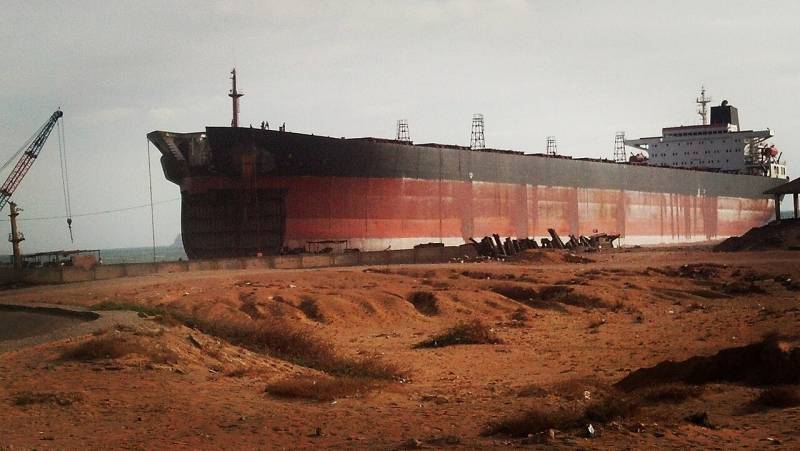
The restoration of Gadani Fish Harbor could provide employment opportunities for most of the local population, thereby boosting local business and alleviating economic hardships. With the resolution of these economic issues, significant changes could be realised. The provincial government of Balochistan and the federal government of Pakistan must take concrete steps to restore the Gadani Fish Harbor, prioritising the economic and social welfare of Gadani's residents. This would help reduce poverty and enable families to send their children to educational institutions. The government of Balochistan should focus on preserving tourist sites from falling into ruin and invest in them to enhance the provincial treasury, as tourism is a major revenue generator. Towns like Queenstown in New Zealand, Aspen in the USA, Banff in Canada, and Ubud in Indonesia have flourished due to tourism. Similarly, Gadani has immense potential to become a prime tourist destination, attracting visitors from around the world if the provincial government makes serious investments. This could significantly contribute to the country’s economic growth.

